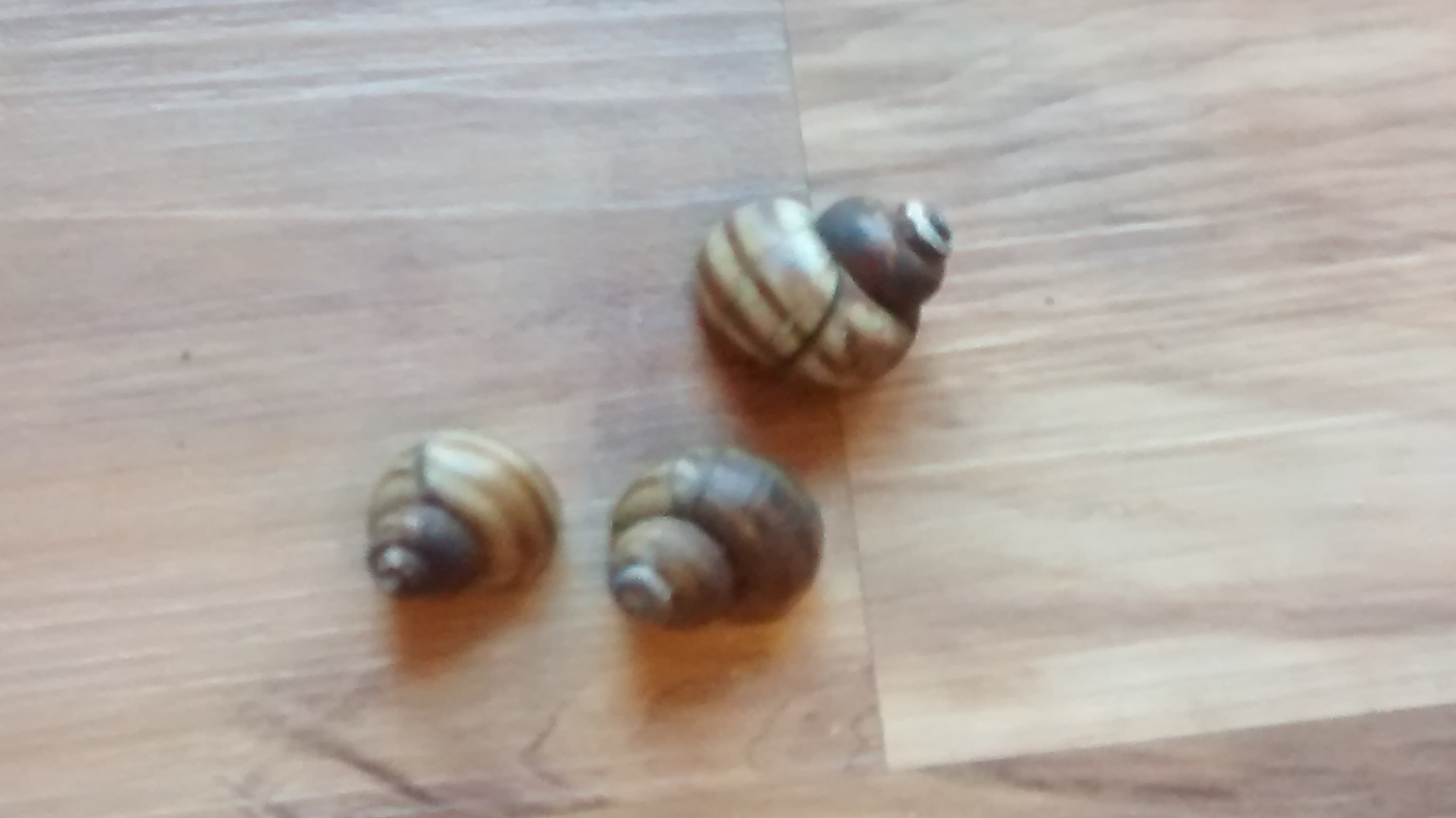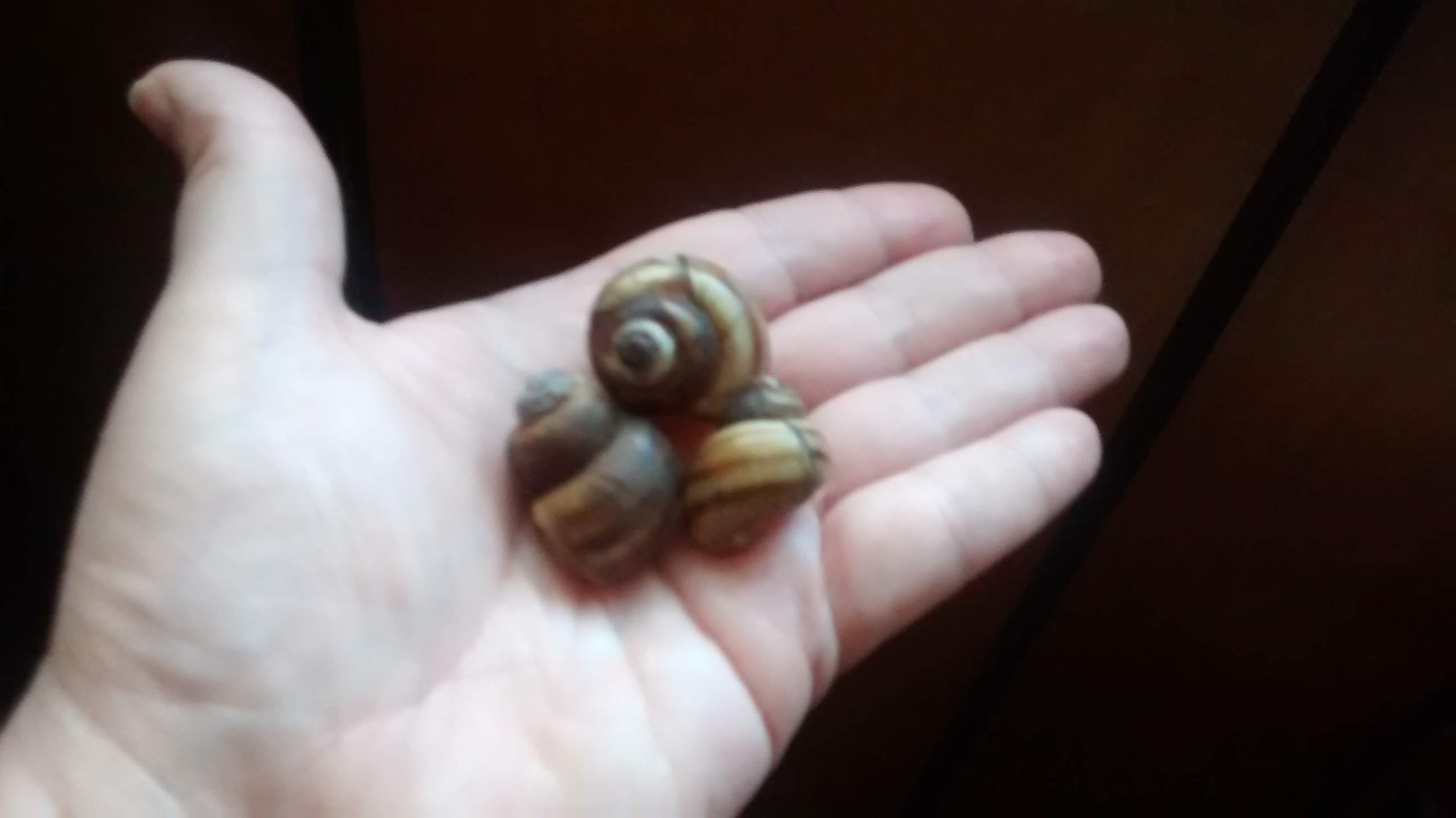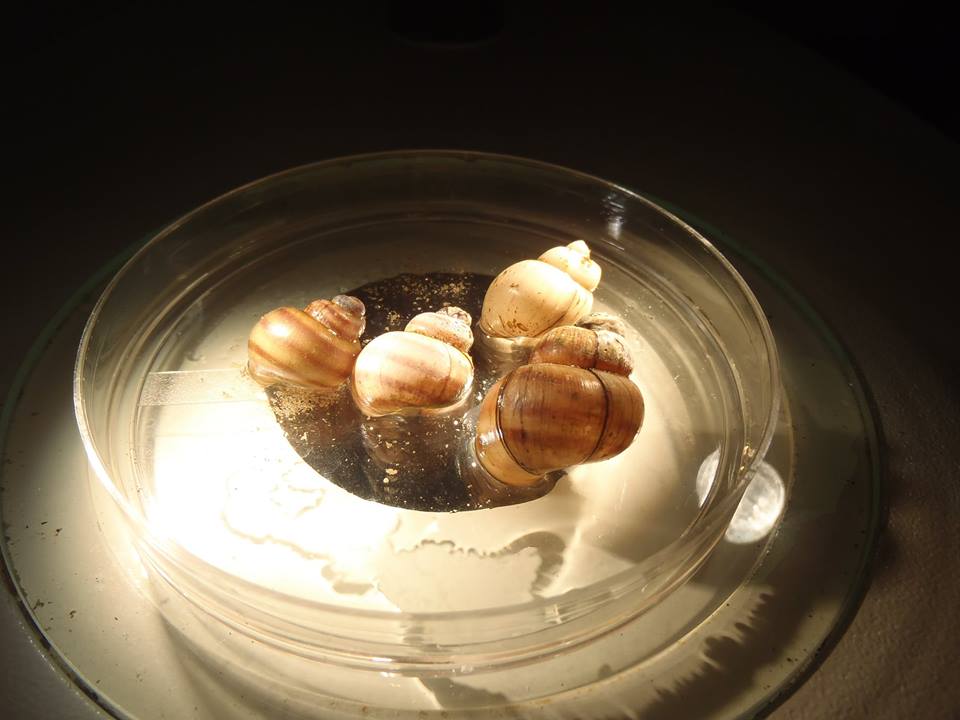Press Release For Immediate Release
Contact: Corrina Parnapy, District Manager
Winooski Natural Resources Conservation District
corrina@winooskinrcd.org
WNRCD Seeks Locations of Overlooked Snail Within Vermont Waters
Within Vermont waters is a snail that is most often overlooked. This snail while small can impact the ecology of our lakes, ponds and reservoirs. Recent studies are indicating that the Banded Mystery Snail, a non-native species should be classified as a nuisance species or potentially an invasive species. The Winooski Natural Resources Conservation District seeks your help to identify bodies of water that the snail can be found across Vermont.
The Banded Mystery Snail (Viviparus georgianus) a non-native species to VT and NY was introduced in 1867 into the Hudson River. It is historically native to Florida and Georgia among other southeastern states. It has been found in many bodies of water located within Vermont and New York, including Lake Champlain, Lake Iroquois (VT) and Lake George (NY). The public, officials and scientists have not taken much note of this non-native species believing that any environmental impacts would be negligible. Current data is showcasing a different picture and further research is needed.
The Banded Mystery Snail competes with native snails and mussels for both food and habitat. It forms dense populations that cover the substrate. They have a 40% greater survival rate of young then native snails, giving them a competitive advantage. They produce multiple generations of live (born not hatched) young. They can survive out of water for days, making eradication nearly impossible. The Banded Mystery Snail overwinters in deeper parts of the water then migrates to shallow, warmer water where live birth takes place. When they die, the shells wash up on beaches, clog intake pipes and could hinder both recreation and property values.
It serves as a host for parasites that can impact both wildlife and humans. Large waterfowl deaths in the upper mid-west have been linked to the Banded Mystery Snail as the intermediate host for the trematode worm. This is of concern within the Lake Champlain Watershed as many duck populations do feed on them. The presence of the Banded Mystery Snail has been associated with decreased nearshore spawning fish populations, including bass; as the Banded Mystery Snail will feed on fish embryos.
The Banded Mystery Snail can be an indicator of pollution from excessive fertilizers and stormwater runoff as they are found in nutrient rich environments and will feed on chlorophyta (green algae), diatoms, decomposing mater; including dead fish in addition to live plants. They are most common in areas of lakes that are experiencing littoral eutrophication and fully eutrophic lakes. They prefer sandy bottom areas, however if a littoral benthic algal bloom is present, they can be found in high numbers on rocks and other substrates. In some studies over 60% of the snail population will be comprised of the Banded Mystery Snail.
They are spread by active release from aquarium tanks, and by boats and equipment, where they have attached to plant material. Eradication is nearly impossible. With further scientific data indicating the impact of this non-native species to the aquatic ecosystem, it is time for the full ecological impacts to be studied.
The Winooski Natural Resources Conservation District is seeking public help to identify bodies of water that contain the Banded Mystery Snail or the larger Chinese Mystery Snail. Mapping of current population within Vermont will help managers understand the impact that it may be having. To learn how to identify the Banded Mystery Snail, or to report a body of water that you have found it in, please visit: http://winooskinrcd.org/invasive-species/ or email: info@winooskinrcd.org
The Winooski Natural Resources Conservation District is one of 14 conservation districts throughout Vermont. It encompasses all of Chittenden and Washington County as well as parts of Orange County (Orange, Williamstown and Washington). The district relies on grants and individual donations to complete its conservation work. The WNRCD focuses its resources on completing conservation projects based in solid science to provide solutions to protect water quality and soil health within the areas of agricultural assistance, forestland enhancement, urban conservation and watershed stewardship.









